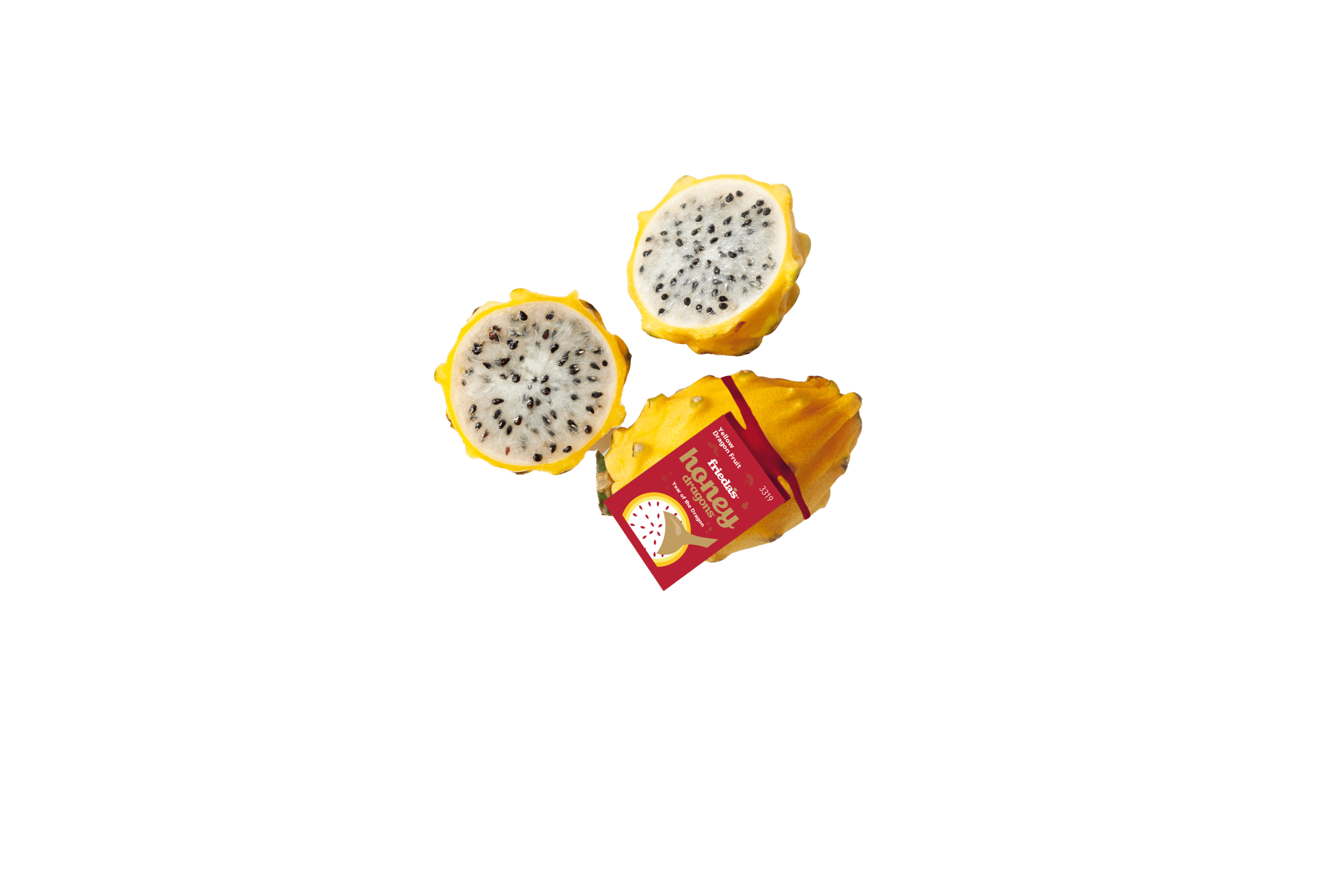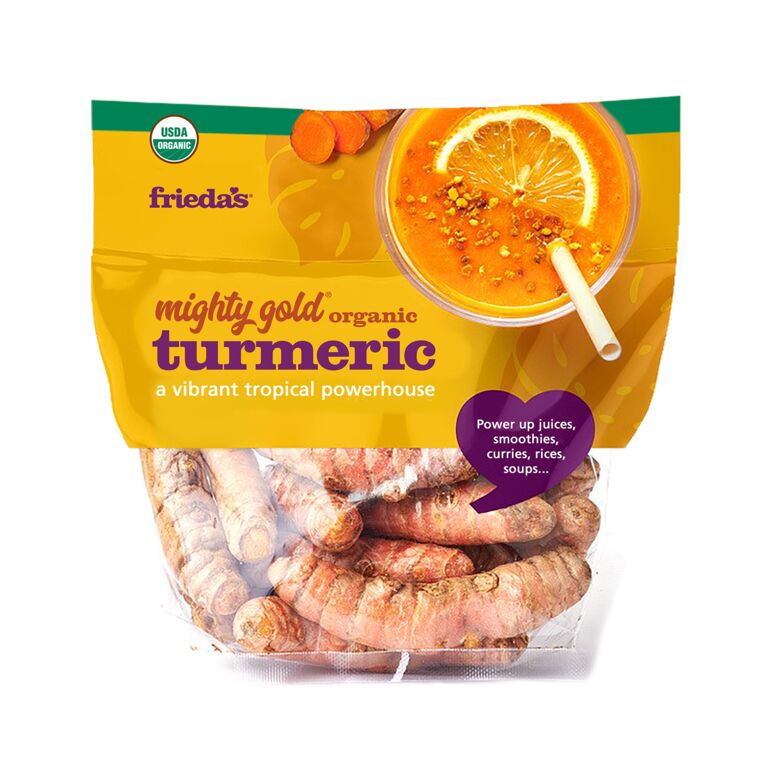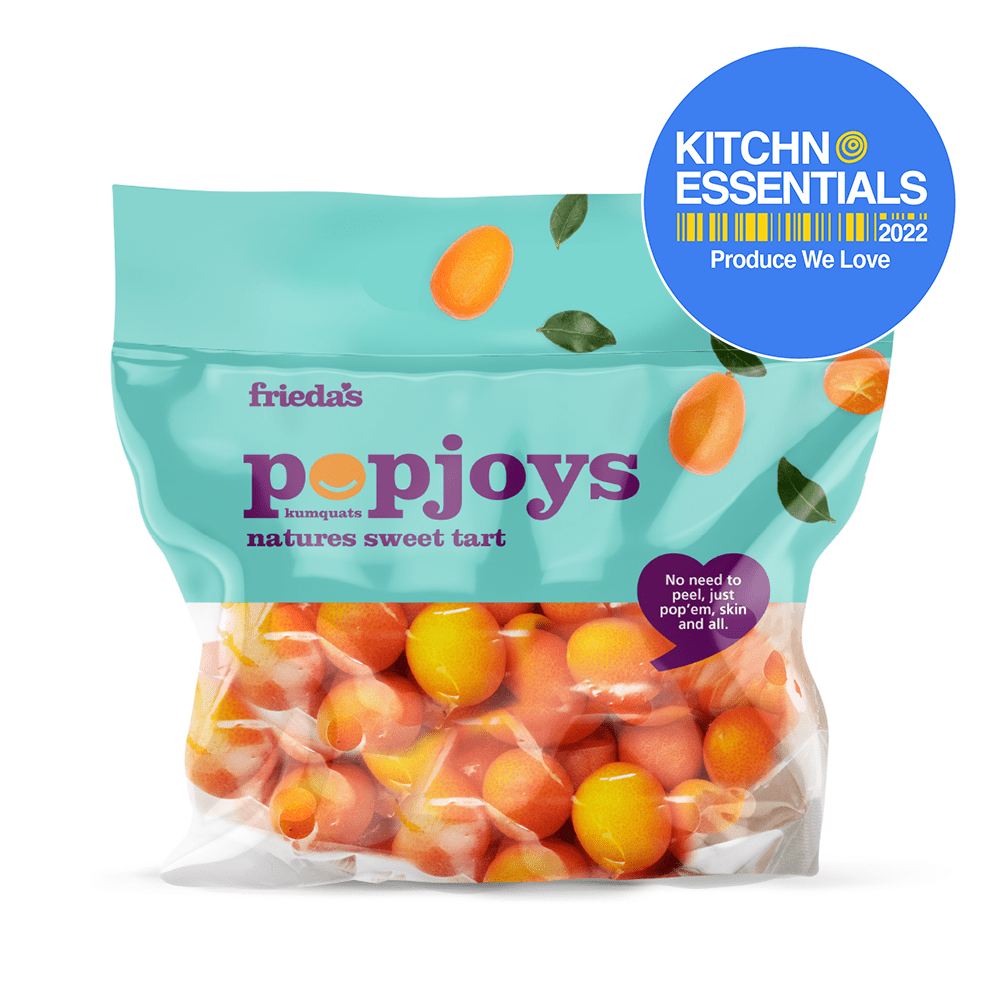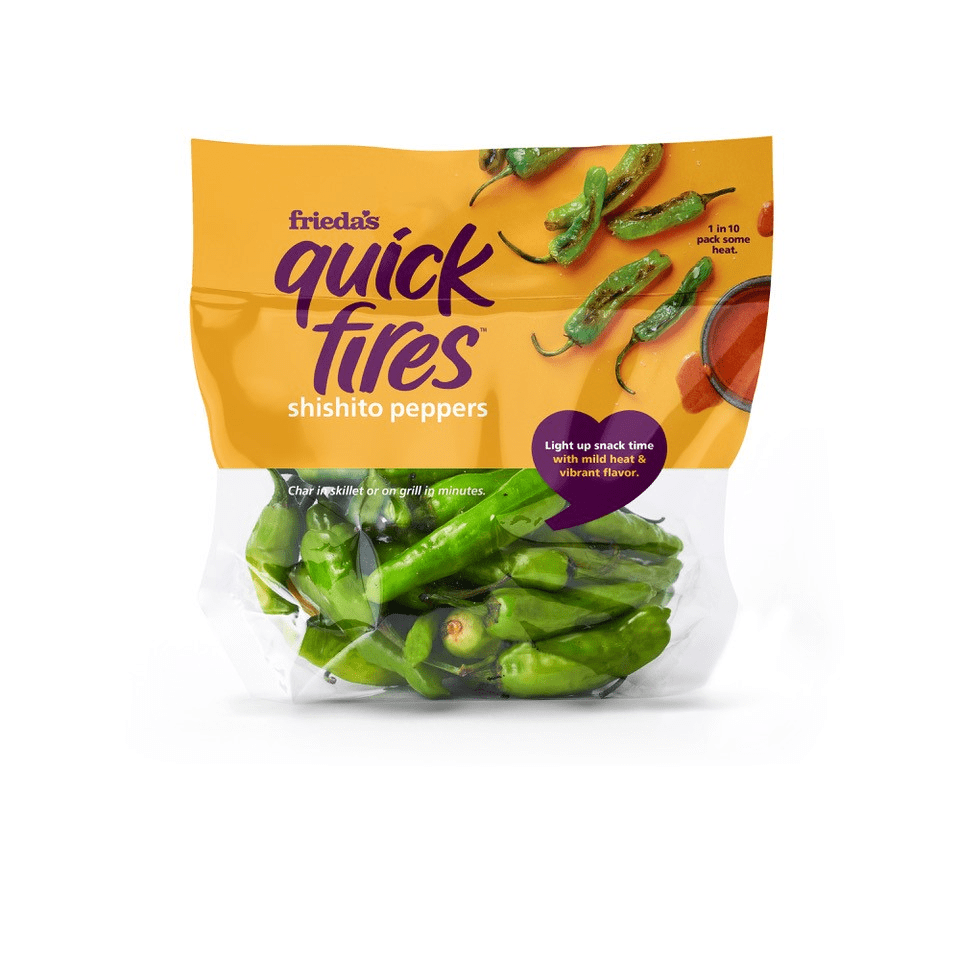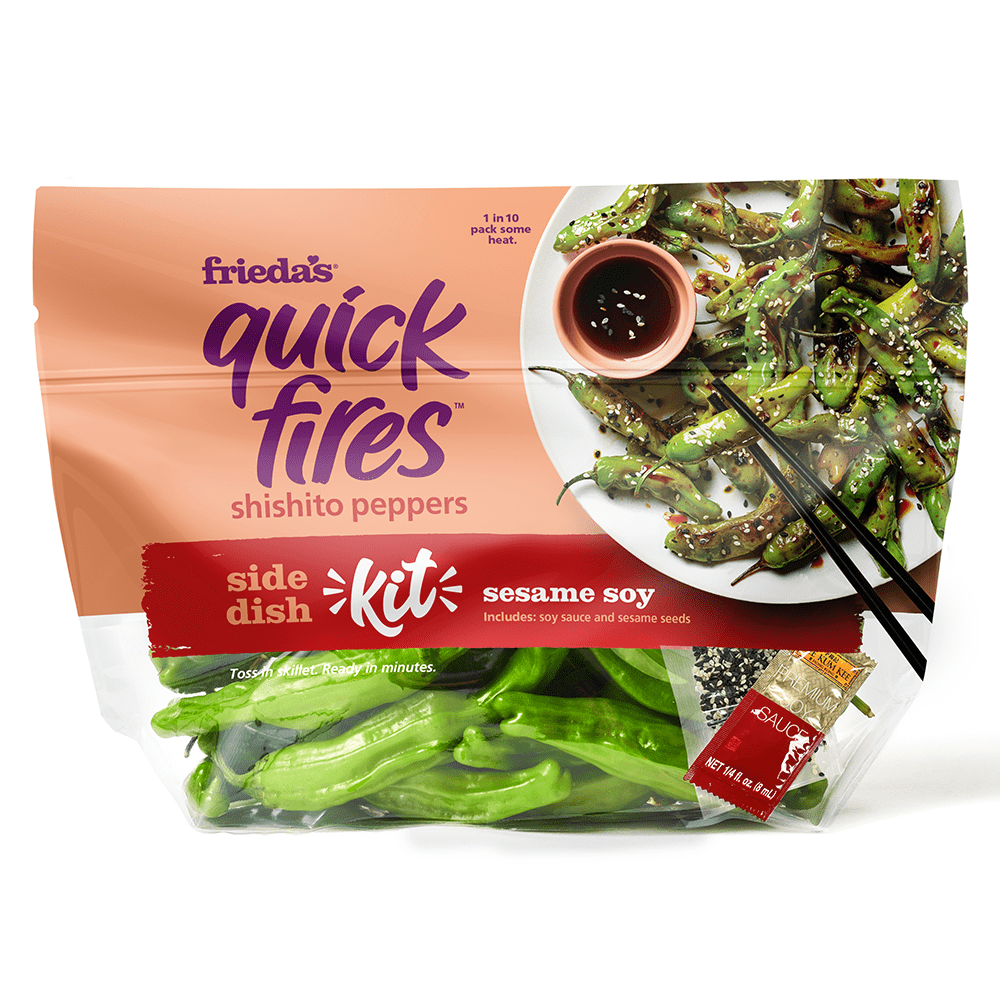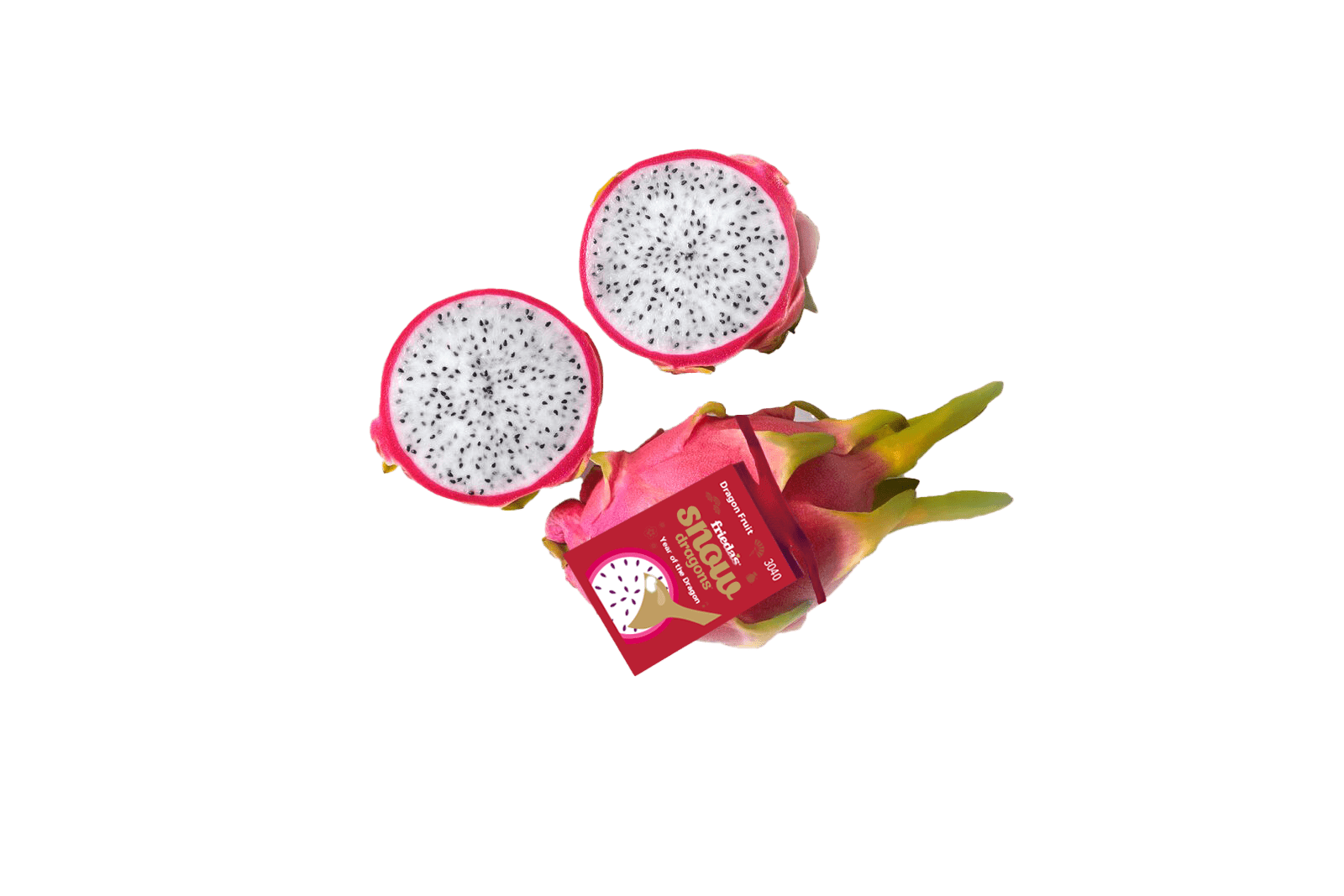When my youngest daughter Sophia rants that “there is nothing to eat in this house,” I always ask her the same thing: “What fresh produce would you like me to buy for you?”
This morning, I got the same answer she always gives me: “Bring me some Blood Oranges.”
I was so excited… because this time, Blood Oranges are in season!
“Blood” Orange is the general name for oranges with red flesh. They actually have varietal names like Moro, Tarocco and Sanguinello. Moro Blood Oranges are the most commonly grown in the United States, and they have the darkest internal flesh color. Tarocco Blood Oranges are native to Italy and have a less consistent red color inside. Sanguinello is an older variety, native to Spain.
My first recollection of selling Blood Oranges to our customers was having to explain how they look and taste different than regular oranges. Some varieties have a red blush on the outside skin, in addition to the dark red internal flesh. But it’s the flavor that makes them special. We like to say they taste like oranges with overtones of raspberry. They are less acidic than regular navel oranges and seedless, too.
Actually, the red colored flesh is from the presence of anthocyanins, a family of pigments which are found in many flowers and fruits, but are not common in citrus fruits.
Blood Oranges are commercially grown in California and the season is generally from November to May. If growers have a freeze or there is unusually warm weather in March and April, the season can end early. As with all citrus, choose fruits that feel heavy for their size. (That means they are full of juice and not dehydrated.)
You will often find Blood Oranges sold in 1-pound mesh bags or overwrapped trays because it is easier for the supermarket cashiers to identify them and not confuse them with regular oranges. This can make it a little more challenging to select the freshest fruits. But if you have introduced yourself to your produce manager (see my last post), you can ask him or her if they are fresh. Most produce personnel are happy to cut open a fruit for you to see or try, so when in doubt, ask for a taste!
If you decide to venture out and try these wonderful Blood Oranges, try juicing them! Definitely a conversation starter with that dark orange juice. Or, serve them in a popular Italian citrus salad: peeled and sliced, and tossed with slices of fresh fennel. Then drizzle with olive oil, lemon juice and salt and pepper.
If you have kids, cut them into quarters or eighths and put them in a plastic baggie for a lunchtime dessert. Your child will be the coolest kid at the lunch table that day!
And, for a little fun, turn up your speakers and view this YouTube video we produced on Blood Oranges.
Enjoy!
Karen





